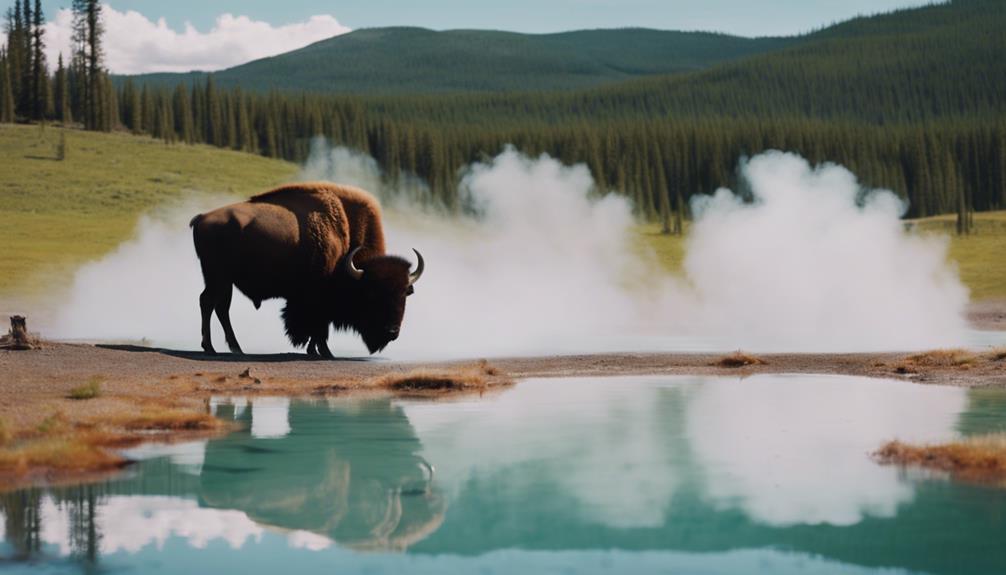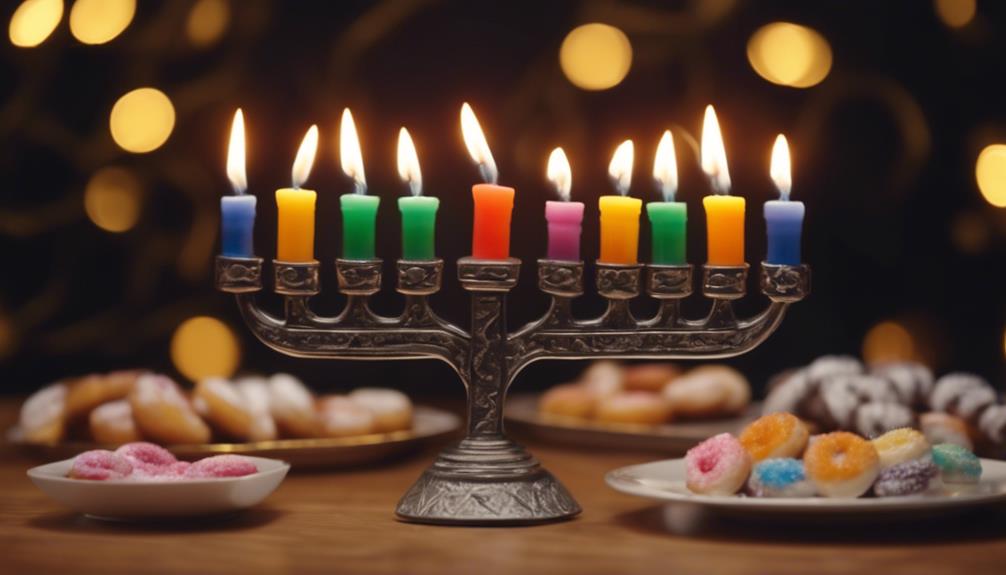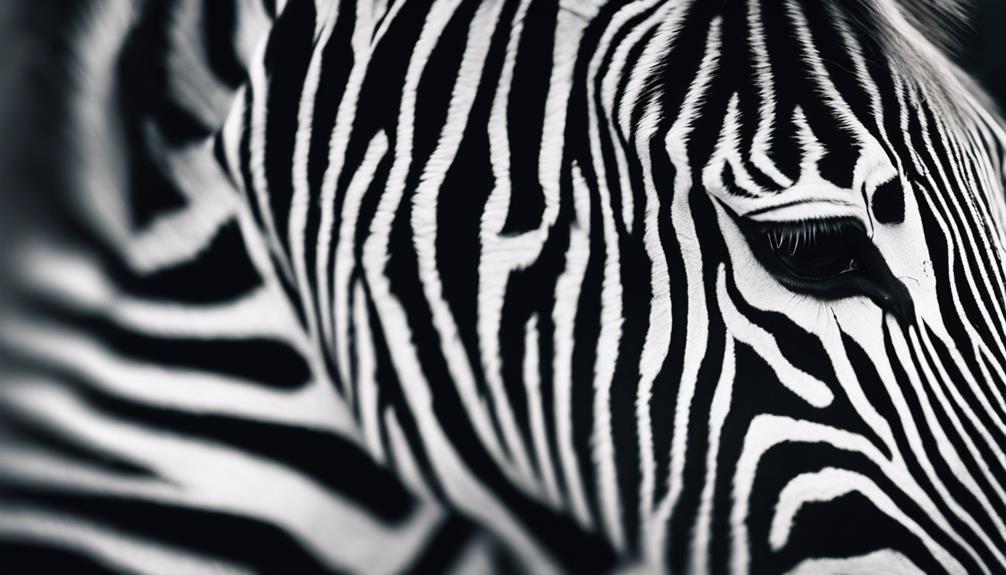Marathon fun facts: ever wondered just how far those Ancient Greek dudes had to run without fancy shoes? Or when the first woman beat all the men? Get the inside scoop in this marathoner’s guide packed with essential history, stats, tips, and secrets to crush your next 26.2. We guarantee these fascinating nuggets will inspire you to new PBs.
History of the Marathon
The marathon traces its origin back to the legend from Ancient Greece of the messenger Pheidippides running from the town of Marathon to Athens to announce the Greek victory over the Persians in 490 BC. While the first organized marathon race didn’t take place until the 1896 Olympics in Athens, this epic run was the inspiration. Marathons quickly spread internationally over the next decades. The Boston Marathon, first held in 1897, is the world’s oldest annual marathon. The iconic New York City Marathon started in 1970 and helped ignite the running boom in the US. Marathons are now held all over the world attracting recreational and elite runners alike.
The origin story from Ancient Greece
The marathon gets its name from the fabled run of Pheidippides, who according to legend ran from the town of Marathon to Athens in 490 BC to deliver news of the Greek victory over the invading Persian army. The Greeks had just fought a grueling battle at Marathon, and Pheidippides, a professional runner and soldier, was sent to run the roughly 25 miles to Athens to relay that the Persians had been defeated. Exhausted and on the verge of collapse, Pheidippides delivered the message “Rejoice, we conquer” then died from his efforts. While there is debate among historians over certain details, this epic run was the inspiration for the modern marathon.
How marathons spread around the world
The first organized marathon race took place during the 1896 Summer Olympics in Athens, Greece meant to honor Pheidippides run across the Marathon Plain. The 24.85 mile course ran from Marathon Bridge to Olympic Stadium in Athens. The marathon was then featured at the 1900 Olympics in Paris and 1904 Olympics in St. Louis. As the Olympic marathon grew, other cities began hosting marathons as well. The Boston Marathon first held in 1897 is the longest consecutively running marathon. In the 1960s and 1970s, interest surged as marathons became easier to access for the average person. The New York City Marathon which started in 1970 with just 127 runners pioneered the big city marathon. Marathons have exploded in popularity since then, spreading across the globe as an achievable bucket list goal.
Marathon Distances and Records
While we commonly think of the marathon as 26.2 miles, there have been variations in the official and unofficial marathon distances over history. Marathon races range from the standard 26.2 mile distance to ultramarathons of 50 or 100 miles. Records are kept for various marathon categories from world records at elite marathon majors to age group records. Continual improvements in training, nutrition and technology have allowed runners to keep pushing marathon boundaries.
Standard marathon distances
The standard marathon distance was made 26 miles 385 yards or 26.2 miles at the 1908 London Olympics so the race could start at Windsor Castle and finish in front of the royal box at the Olympic Stadium. However, prior to this distances varied. The 1896 Olympics marathon was roughly 25 miles matching the legend of Pheidippides run. Early Boston Marathons were 24.5 miles. It wasn’t until 1921 that the International Amateur Athletic Federation standardized the marathon at 26.2 miles. Today, most marathons follow this distance, though some trail marathons are slightly longer depending on terrain. The exceptions are ultramarathons which can range from 50K (31 miles) to 100 miles.
World records throughout history
The men’s marathon world record has dropped dramatically from 2:55:18 in 1913 to 2:01:39 in 2018 set by Eliud Kipchoge. The women’s record has fallen from 3:40:22 in 1926 to 2:14:04 in 2019 by Brigid Kosgei. Records also exist for marathon majors like Boston and Chicago and the Olympics. Other records include age group and masters categories. Improvements in training methodology, sports nutrition and running technology like shoes have enabled continual record progression over the last century.
Marathon Training Tips and Strategies
Preparing your body to successfully run 26.2 miles requires following essential marathon training principles. An 18 week marathon training plan will build your mileage safely with long runs. Proper fueling and nutrition keeps your body strong through tough workouts. A taper lets your body rest before the big day. Implementing smart training and recovery practices helps you arrive ready to achieve your marathon goals.
Important training principles for marathoners
Marathon training plans focus on steadily increasing your weekly mileage and long run distance. A beginner plan builds up to around 40 mpw while more advanced runners will peak around 60-70 mpw. At least one weekly run should be 80-90 minutes or longer. Easy runs develop endurance while speed workouts build strength. Be sure to recover with lighter running, cross-training and rest days. Gradual mileage increases of no more than 10% per week prevent injury. Consistency over the 18+ week training schedule is key. Don’t attempt too much too soon. Be patient in pursuing your goals.
Fueling and nutrition recommendations
Nutrition is crucial for marathon training as you are pushing your body for hours through tough workouts. Aim to eat a healthy, balanced diet with adequate protein for muscle recovery. Consume carbs to fuel runs and restore glycogen stores. Hydrate well daily and especially following longer runs. Practice your planned marathon nutrition like gels and sports drinks in training to test stomach tolerance. Don’t carb load excessively. The week before your marathon, eat extra carbs while tapering exercise. Avoid anything new on race day. Proper nutrition provides the energy and recovery essential for marathon success.
Tapering before the big day
The taper before a marathon lets your body rest, repair and adapt to your training. Typical marathon tapers are 2-3 weeks long with mileage reductions of 25-50%. Keep intensity up through shorter speed workouts while decreasing mileage and frequency. Listen to your body and cut back further if needed. Use extra rest days to sleep and fuel properly. Stay active with light exercise to maintain fitness. Trust your training and avoid thinking you need last minute gains. Have faith that your taper sets you up for peak performance on race day.
Marathon Race Day Prep and Execution
Careful preparation and planning in the hours and days preceding the marathon ensures everything goes smoothly on race day. Follow checklists to organize gear, travel and other logistics. Establish prerace routines for fueling, hydration and warmup. Execute a smart pacing strategy. Be prepared to problem solve any issues. With proper preparations, focus and composure, you will be ready to have your best marathon.
Gear and supplies checklist
The week before the marathon, lay out all gear and supplies you’ll need. Pack running clothes, shoes, sportswatch, sunglasses, chafing protection, and other essentials. Organize travel plans and accommodations. Prepare pre-race and post-race meals. Print out race day instructions and maps. Check the weather forecast and pack accordingly. Gather fuel and hydration like gels, sports drinks and electrolyte supplements. Having all logistics organized ahead allows you to relax.
Arrival logistics and pre-race routine
Before race morning, confirm race day timing and figure out your transit. Aim to arrive at the site 1-2 hours early. Eat your planned breakfast 3-4 hours pre-race. Stick to familiar, easily digested foods and hydrating drinks. Keep moving around to stay loose. Use the bathroom frequently. Do a brief warmup run and dynamic stretches. Stay calm and focused amidst pre-race nerves. Visualize crossing the finish line. With proper preparation, you’ll be poised for an awesome marathon.
Pacing your race and avoiding bonking
Execute a smart pacing strategy based on your training. Banking time going out too fast often ends badly. Run even splits or negative splits (start slower, finish faster). Conserve energy with efficient running form. Take in planned fuel like gels starting 45-60 minutes in, earlier if needed. Hydrate at every aid station. Dump water on your head in heat. Monitor your effort level so you don’t go anaerobic. Stay mentally tough through any rough miles. Avoid getting swept up in race day adrenaline. Stick to your plan.
If you feel bonking coming, immediately address it. Take in calories from gels, sports drinks or bananas at aid stations. Walk briefly to recover if needed. Reset yourself mentally and slow your pace if necessary to finish strong. The last 10K is when mental toughness truly comes into play. Break it down into smaller chunks. Draw on your training, race day adrenaline and crowds. You can do this! Crossing the finish line will make all the hard work worth it.
Recovery after the marathon
Replenish and refuel your depleted body right after crossing the finish. Grab water, electrolyte drinks, protein shakes and snacks. Keep walking to flush waste and prevent cramping. Get out of wet clothes if it’s cold. Stretch gently. Consume a balanced meal high in carbs and protein within 2 hours. Ice or soak in cold water to reduce inflammation. Get lots of sleep and rest the next few days. Listen to your body and don’t return to training until recovered to avoid injury. Reflect on your race and pat yourself on the back for your hard-earned accomplishment!
Fun Marathon Statistics and Facts
Marathons have seen tremendous growth and evolution since the early 20th century. While still a challenging endeavor, marathons are now completed by hundreds of thousands annually across ages, backgrounds and skill levels. Marathons showcase fascinating facts, records and history. The marathon continues to inspire as a testament to human endurance and willpower.
Marathon participation and growth
In 1976, just 25,000 people finished a marathon in the United States. By 2017, that number skyrocketed to nearly 518,000 marathon finishers. More participation comes from women and older runners. Marathons also expanded internationally. Marathons like New York, London and Tokyo now have over 50,000 finishers annually and millions of spectators. Reasons for growth include more runners, more races, and charity teams raising money. Marathons transformed from elite province to accessible bucket list goal.
Most interesting marathon records
Some fascinating marathon records and stats exist beyond fastest times. At the 1904 St Louis Olympic marathon, Cuban postman Felix Carbajal joined mid-race after hitchhiking to the event. He finished fourth after pausing to chat and snack on apples. In 1967, Katherine Switzer became the first woman to officially run the Boston Marathon with a bib number, paving the way for women’s inclusion. Other notable records include heaviest runner, consecutive marathons run, and oldest finisher over 100. Crazy costume runs also exist like the “Strip at Night” Amsterdam marathon.
Crazy marathon costumes and traditions
Marathon participants often use costumes and outfits to have fun and stand out in the crowds. Costumes range from superheroes and cartoon characters to wacky puns and creative gimmicks. Popular marathons have special traditions. The New York marathon is known for its extravagant crowd support and entertainment. Boston runners soak up the history of the oldest marathon. London marathon runners appreciate the massive street parties. The Berlin marathon’s flat course makes it ideal for record attempts. Marathons also feature charity groups and stunt runners. The fanfare and ambiance give marathons an electric, festive vibe.
Conclusion
I hope this deep dive into the history, records, training tips, logistics and fun facts provides engaging insights into the world of marathons. Marathons challenge humans to push to their limits. Finishing a marathon is an incredible achievement anyone can work towards with smart training and dedication. Marathons combine competition, community, celebration of the human spirit, and a quest to conquer 26.2 miles. If you feel inspired to take the starting line, remember proper preparation prevents poor performance. Let the marathon’s rich history and compelling facts motivate you as you undertake your own epic running journey. When race day arrives, enjoy the journey, embrace the marathon magic, and savor accomplishing something amazing when you cross that finish line.





